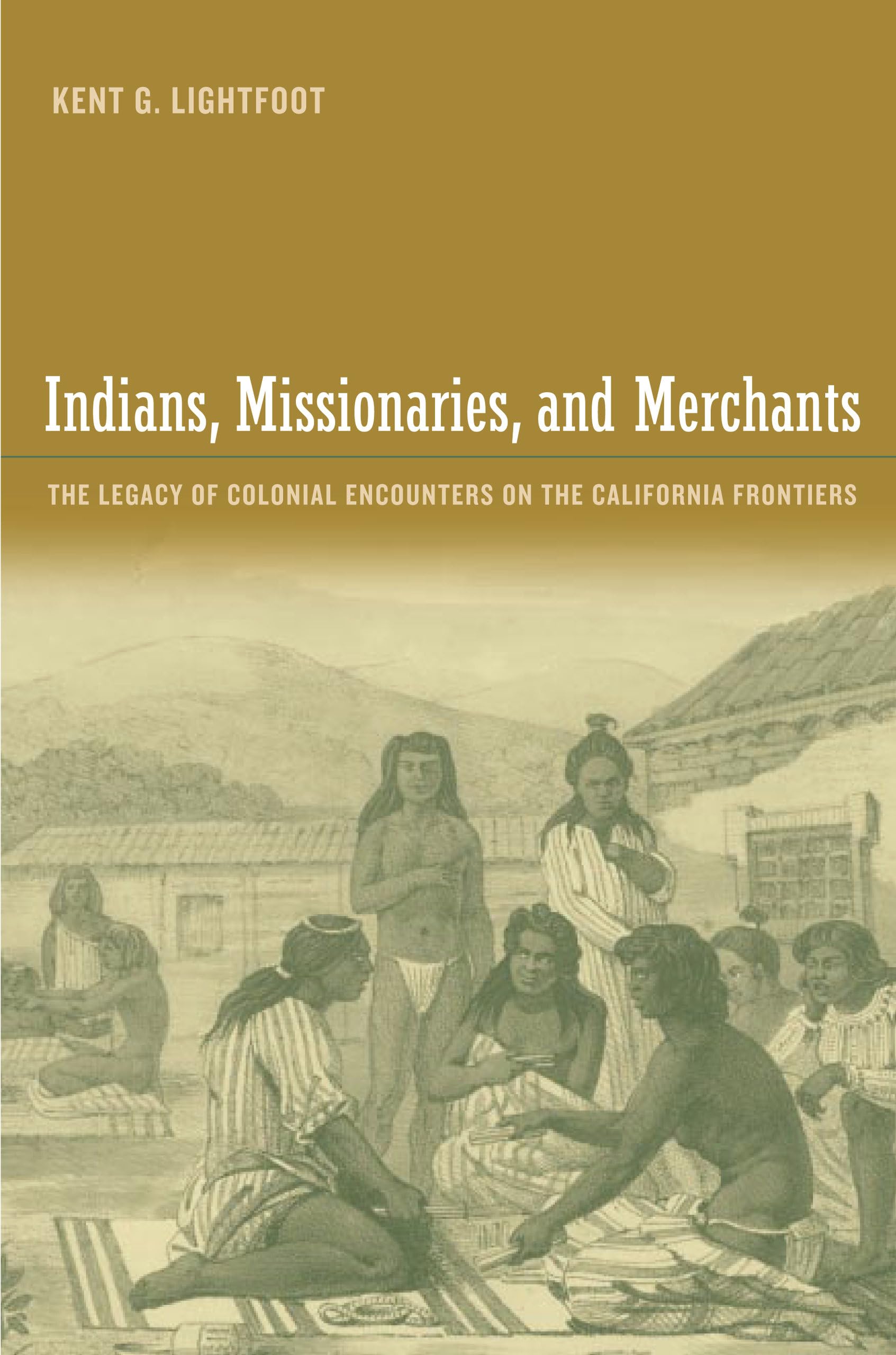
Title

Indians, Missionaries, and Merchants: The Legacy Of Colonial Encounters On The California Frontiers,Used
Delivery time: 8-12 business days (International)
Californias earliest European colonistsRussian merchants and Spanish missionariesdepended heavily on Native Americans for labor to build and maintain their colonies, but they did so in very different ways. This richly detailed book brings together disparate skeins of the pastincluding littleknown oral histories, native texts, ethnohistory, and archaeological excavationsto present a vivid new view of how native cultures fared under these two colonial systems. Kent Lightfoots innovative work, which incorporates the holistic methods of historical anthropology, explores the surprising ramifications of these longago encounters for the presentday political status of native people in California.Lightfoot weaves the results of his own significant archaeological research at Fort Ross, a major Russian mercantile colony, into a crosscultural comparison, showing how these two colonial venturesone primarily mercantile and one primarily religiouscontributed to the development of new kinds of native identities, social forms, and tribal relationships. His lively account includes personal anecdotes from the field and a provocative discussion of the role played by early ethnographers, such as Alfred Kroeber, in influencing which tribes would eventually receive federal recognition. Indians, Missionaries, and Merchants takes a fascinating, yet troubling, look at Californias past and its role in shaping the state today.
By changing our most important processes and
products, we have already made a big leap forward. This ranges from the
increased use of more sustainable fibers to the use of more
environmentally friendly printing processes to the development of
efficient waste management in our value chain.
⚠️ WARNING (California Proposition 65):
This product may contain chemicals known to the State of California to cause cancer, birth defects, or other reproductive harm.
For more information, please visit www.P65Warnings.ca.gov.
Shipping & Returns
Shipping
We ship your order within 2–3 business days for USA deliveries and 5–8 business days for international shipments. Once your package has been dispatched from our warehouse, you'll receive an email confirmation with a tracking number, allowing you to track the status of your delivery.
Returns
To facilitate a smooth return process, a Return Authorization (RA) Number is required for all returns. Returns without a valid RA number will be declined and may incur additional fees. You can request an RA number within 15 days of the original delivery date. For more details, please refer to our Return & Refund Policy page.
Shipping & Returns
Shipping
We ship your order within 2–3 business days for USA deliveries and 5–8 business days for international shipments. Once your package has been dispatched from our warehouse, you'll receive an email confirmation with a tracking number, allowing you to track the status of your delivery.
Returns
To facilitate a smooth return process, a Return Authorization (RA) Number is required for all returns. Returns without a valid RA number will be declined and may incur additional fees. You can request an RA number within 15 days of the original delivery date. For more details, please refer to our Return & Refund Policy page.
Warranty
We provide a 2-year limited warranty, from the date of purchase for all our products.
If you believe you have received a defective product, or are experiencing any problems with your product, please contact us.
This warranty strictly does not cover damages that arose from negligence, misuse, wear and tear, or not in accordance with product instructions (dropping the product, etc.).
Warranty
We provide a 2-year limited warranty, from the date of purchase for all our products.
If you believe you have received a defective product, or are experiencing any problems with your product, please contact us.
This warranty strictly does not cover damages that arose from negligence, misuse, wear and tear, or not in accordance with product instructions (dropping the product, etc.).
Secure Payment
Your payment information is processed securely. We do not store credit card details nor have access to your credit card information.
We accept payments with :
Visa, MasterCard, American Express, Paypal, Shopify Payments, Shop Pay and more.
Secure Payment
Your payment information is processed securely. We do not store credit card details nor have access to your credit card information.
We accept payments with :
Visa, MasterCard, American Express, Paypal, Shopify Payments, Shop Pay and more.
Related Products
You may also like
Frequently Asked Questions
- Q: What is the main focus of 'Indians, Missionaries, and Merchants'? A: The book explores the interactions between Native Americans and European colonists in California, specifically focusing on Russian merchants and Spanish missionaries, and how these encounters shaped native identities and social structures.
- Q: Who is the author of the book? A: The author is Kent G. Lightfoot, who integrates archaeological research and historical anthropology in his analysis.
- Q: What types of sources are included in the book? A: The book incorporates oral histories, native texts, ethnohistory, and archaeological findings to provide a comprehensive view of the historical context.
- Q: What is the publication date of 'Indians, Missionaries, and Merchants'? A: The book was published on November 20, 2006.
- Q: How many pages does the book contain? A: The book has a total of 358 pages.
- Q: What edition is available for this book? A: This is the First Edition of 'Indians, Missionaries, and Merchants'.
- Q: What type of binding does the book have? A: The book is available in paperback binding.
- Q: Is the book new or used? A: The book is listed as brand new.
- Q: What category does this book fall under? A: The book is categorized under Computers & Technology.
- Q: What topics does the author discuss related to California's natives? A: The author discusses the effects of colonial systems on native cultures, the development of new tribal relationships, and the role of early ethnographers in federal recognition of tribes.
